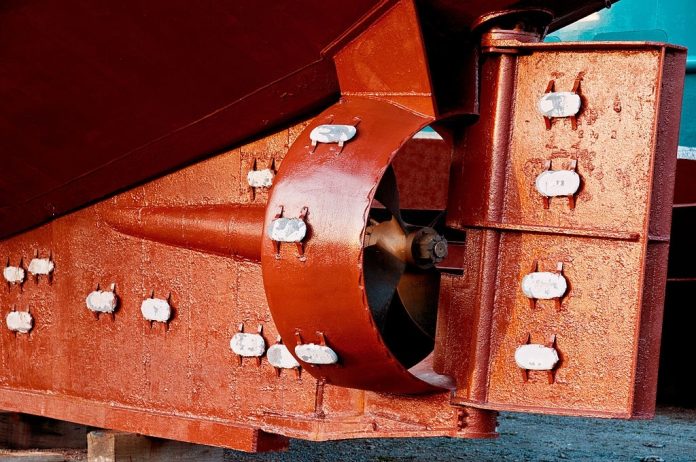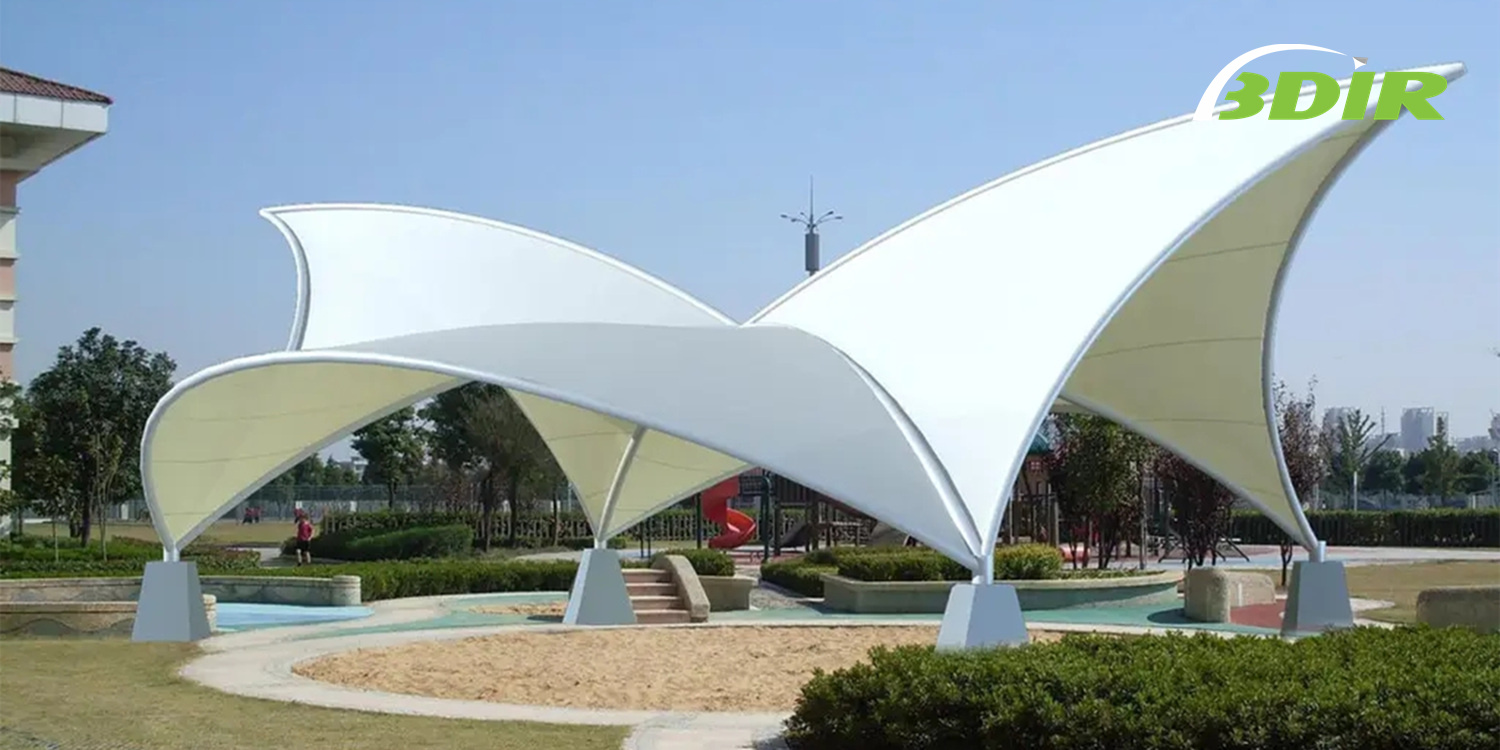It can be funny how a sacrificial anode is a form of cathodic protection because we anodes and cathodes are opposite. But in terms of protecting your cathode, using a sacrificial anode is one of the best options. As the name implies, you sacrifice one metal to save the other metal. To use the sacrificial anode for cathodic protection, you will get two different metals; the one you are trying to protect and the sacrificial metal. This method is one of the most affecting ways of safeguarding a cathode, and in turn, protecting a metal from corrosion.
In the world of cathodic protection, the news of using sacrificial anodes has become increasingly popular. That is why everyone wants to understand this phenomenon. Luckily, you are on the right track. In this guide, we will be discussing everything you need to know about a sacrificial anode
What is a sacrificial anode?
We can not go about discussing sacrificial anode without adequately defining it. First, a sacrificial anode is a form of protecting your metal from corrosion. Already the metal chosen to be used as the sacrifice is one that can easily be corroded. And usually, this type of corrosion protection is used in a steel pipe or metal tank. The method uses electricity to replace electrons from the sacrificial one to the protected metal. Usually, the protected metal is one with a lower electrochemical property. Of course, oxidation will occur, and the protected metal will lose some electrons – that is where the sacrifice comes in. Through the electrical connection, the sacrificial anode provides the corroding metal with electrons that stop the process of corrosion.
What materials are used for sacrificial anode?
For a metal to be used as a sacrificial anode, it must be highly electrochemically active, and because it is a sacrifice, it should not exactly be an expensive option. In most cases, sacrificial anodes usually come in plates, rods, and smaller shapes. Some of the materials used for sacrificial anodes include;
Magnesium
Magnesium is the most prominent and potent metal used as a sacrificial anode. When magnesium is the sacrificial anode, the environment – either soil or water usually has a higher resistivity than others. That means it is generally used for primary industrial purposes like pipelines. However, magnesium has been used for more domestic purposes like water heaters, amongst others.
Aluminum
Aluminum can also be used as a sacrificial anode, but most manufacturers shy away from using this metal because you need extra care. If an aluminum rod or plate hits a rusty surface, it may cause a spark. Hence, when aluminum is used as a sacrificial anode, it is better to limit it to an explosive threat. However, its lightweight is one of the main perks that make aluminum a type of sacrificial anode today.
Zinc
Zinc is unarguably one of the most accessible metals to corrode and will easily pass as one of the best sacrificial anodes. However, zinc may have some issues when under high temperatures. It may suddenly stop working when the temperature is too high, and the whole idea of cathodic protection becomes flawed.
Conclusion
Sacrificial anodes, as we have explained, are one of the best forms of cathodic protection. We have explained all you should know about cathodic protection.













